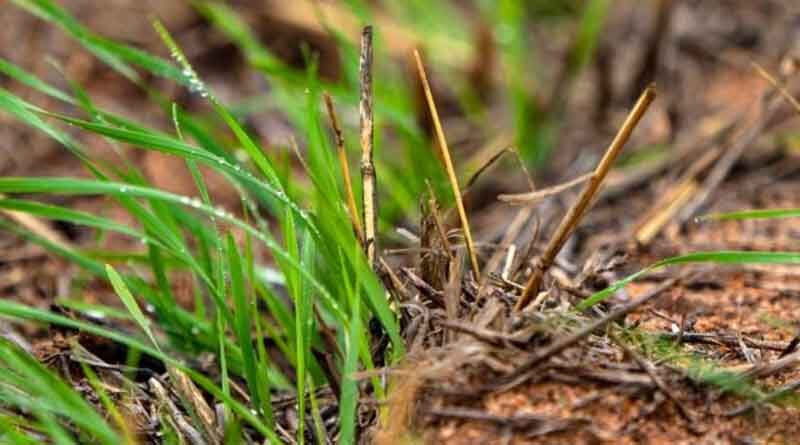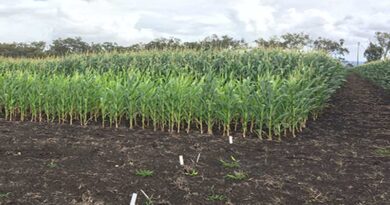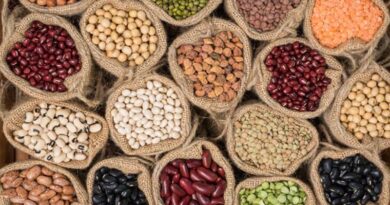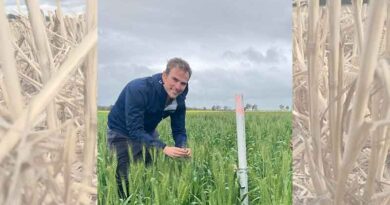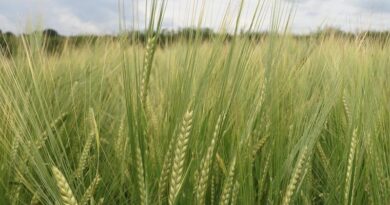New study to track complete picture of nitrogen losses
21 September 2022, AU: A new national research project is investigating the dynamics of nitrogen (N) cycling and losses across a range of soil and environmental conditions within the Australian grains industry.
The Grains Research and Development Corporation (GRDC) has launched a four-year, $11.9 million investment titled ‘Predicting nitrogen cycling and losses in Australian cropping systems’ led by the University of Queensland and including CSIRO and state agencies and universities in NSW, Qld, SA, Vic and WA.
In Western Australia, the project will provide growers who manage cropping programs on the state’s challenging sandy and texture-contrast soils with a more complete picture of nitrogen cycling and the conditions under which they might lose nitrogen from their soil.
The University of Western Australia’s Associate Professor Louise Barton is part of the team leading the project in WA, alongside Dr Craig Scanlan from the Department of Primary Industries and Regional Development (DPIRD) and Prof. Daniel Murphy from Murdoch University, all of whom are part of the SoilsWest initiative.
Assoc/Prof Barton says that the project will address several challenges the grains industry faces in accurately understanding and quantifying nitrogen losses.
“When we put nitrogen fertilisers onto crops, the aim is that it is going to benefit plant growth, and ideally all of it would be taken up by the crop. But there’s a risk of nitrogen not being used by the crop and that it might be lost permanently from the soil,” Assoc/Prof Barton says.
“Those loss pathways will vary depending on the soil type, the climate and the land management system.”
Nitrogen losses can occur by denitrification, the microbial process of reducing nitrate and nitrite to gaseous forms of nitrogen; ammonia volatilisation, the loss of applied nitrogen to the atmosphere as ammonia gas; or nitrogen leaching, when soil water content becomes greater than the maximum soil water holding capacity and excess water drains below the root zone, carrying soluble nitrogen with it.
Assoc/Prof Barton says that a recent review of nitrogen losses in Australian dryland cropping systems revealed opportunities to fill knowledge gaps.
“We don’t have as much data as you would hope in terms of particular loss pathways, but also, a large proportion of the data we do have was collected when farming systems were different to what they are now,” Assoc/Prof Barton says.
“In a nutshell, we need improved modelling, but we need modelling based on contemporary farming systems.
“Nitrogen is an expensive input for growers, particularly at the moment, but it has always represented a large component of what growers spend in terms of variable costs. So, optimising its use is important.”
Field trials are underway in Merredin, Pingelly, Esperance and Wongan Hills, part of the project’s experimental sites at 12 locations nationally.
At the 12 trial sites located across Australia, 15N-labelled fertiliser will be applied and tracked through the soil-plant system for three successive growing seasons. The trials will also measure denitrification or ammonia volatilisation, as is relevant to the local soil environment, and leaching of nitrogen through the soil profile.
“In WA we’re going to be examining what the fate of the nitrogen is in terms of how much nitrogen is taken up by the plant, how much is retained in the soil, and to what extent it might move through the soil profile over time,” Assoc/Prof Barton says.
GRDC Manager Sustainable Cropping Systems Dr Cristina Martinez says the outcomes from the project will help growers understand when losses occur, and what might be done to minimise these and maximise fertiliser use efficiency.
“It will also help them understand how much nitrogen they’ve potentially lost if they’d already applied fertiliser,” Dr Martinez says.
With the rising cost of inputs like nitrogen becoming a concern for growers, Dr Martinez says it was essential that GRDC looked at understanding all the ways in which nitrogen can be lost from soils and how growers can manage this risk.
Data from the project will also be used to improve the current Agricultural Production Systems sIMulator (APSIM) model, with the project focusing on upgrading the soil nitrogen cycling and loss routines.
“Strengthening the APSIM model with a new national dataset will help us forecast how nitrogen is utilised throughout the season and make better predictions on how much nitrogen growers need to apply in certain circumstances to grow a profitable crop,” she says.
“Better fertiliser decisions arising from an improved model can help to achieve better nitrogen use efficiency and reduce the direct effects of emission of the potent greenhouse gas nitrous oxide.”
Dr Martinez says, in addition to the nitrous oxide losses, the manufacturing of nitrogen fertiliser is very energy-intensive and losses of any kind can increase the environmental footprint of our crop industries.
“Improvements in nitrogen use efficiency will reduce the impact of Australian grain production on the environment, which will enhance the ‘clean and green’ reputation of the industry,” she says.
Also Read: Arrival of soybean in Mandsour Mandi improves; average rate lower than last year but above MSP
(For Latest Agriculture News & Updates, follow Krishak Jagat on Google News)

